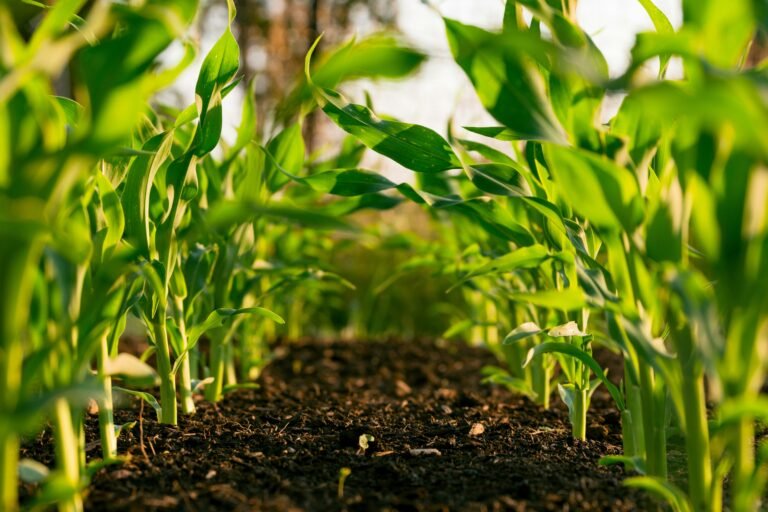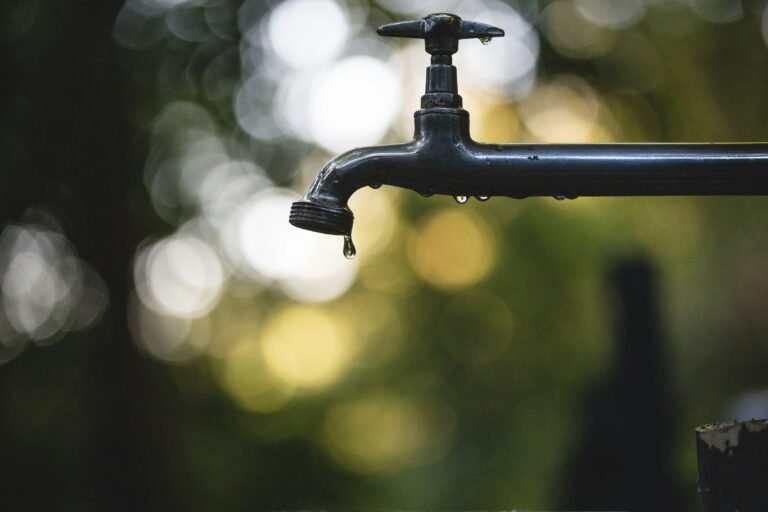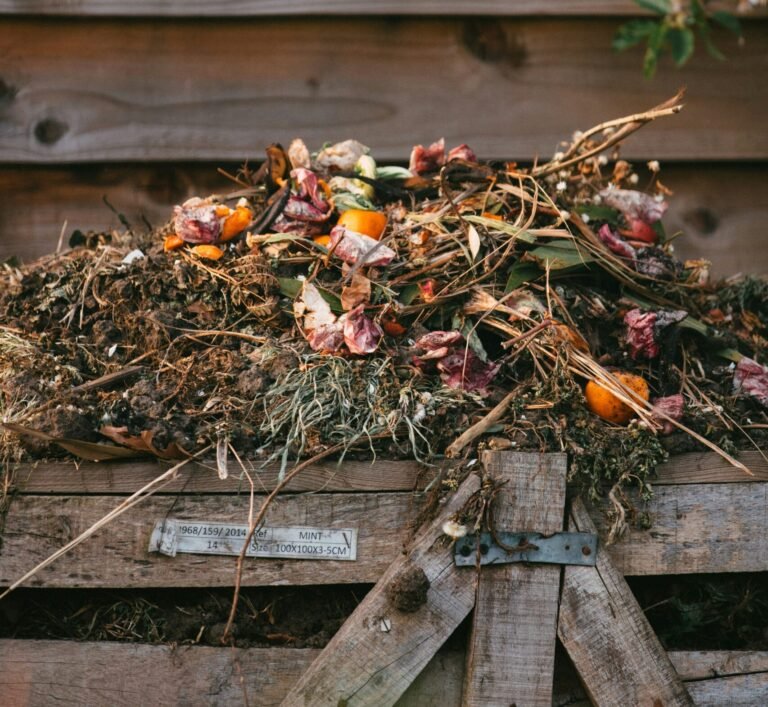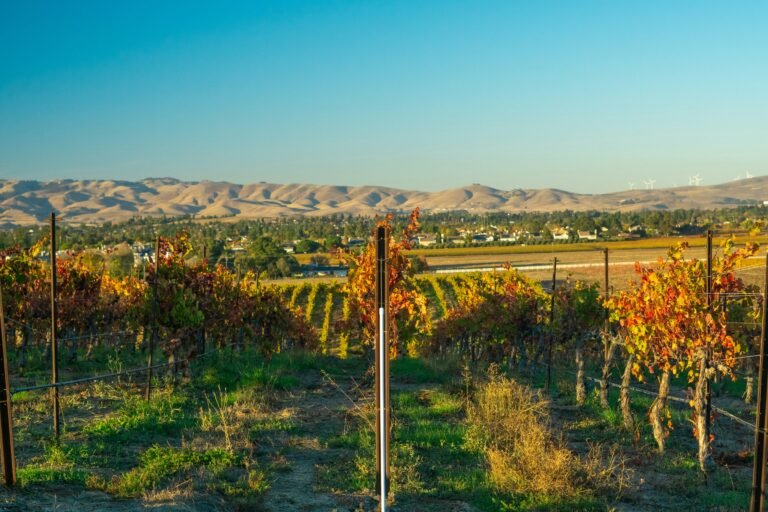As we’re near the end of Earth Month, let’s raise a glass to sustainable practices in the wine industry. It is not just about producing high-quality wines, it’s also about caring for the environment, promoting social responsibility, and ensuring the longevity of vineyards for generations to come.
Here are 10 sustainable practices that are making waves in the wine industry:

1. Organic Farming
Ditch synthetics for natural alternatives, nurturing healthier soil. Organic farming in the wine industry is a game-changer. By steering clear of synthetic pesticides and fertilizers, wineries are not only producing higher-quality grapes but also fostering soil health. Organic farming promotes biodiversity, encourages natural pest control, and reduces the risk of groundwater contamination.
2. Biodynamic Viticulture
Biodynamic viticulture is like organic farming on steroids. It goes beyond just avoiding chemicals; it’s about viewing the vineyard as a holistic entity. Biodynamic practices incorporate lunar cycles, herbal preparations, and even the use of cow horns filled with manure to enhance soil fertility. It may sound a bit mystical, but the results speak for themselves. Biodynamic vineyards often boast healthier vines, richer soil, and more vibrant ecosystems.

3. Water Conservation
Water is a precious resource, especially in arid wine-growing regions. That’s why wineries are getting creative with water-saving techniques. Drip irrigation delivers water directly to the roots, minimizing waste. Rainwater harvesting captures precious precipitation for later use, reducing reliance on traditional water sources. And wastewater recycling turns a potential pollutant into a valuable resource.
4. Energy Efficiency
The wine industry is no stranger to energy-intensive processes, from crushing grapes to bottling the final product. But that doesn’t mean it has to be a drain on the grid. Wineries are increasingly turning to renewable energy sources to power their operations. Solar panels gleam atop tasting rooms, soaking up the sun’s rays and converting them into electricity. On-site renewables like wind turbines and hydroelectric generators further reduce reliance on fossil fuels.

5. Carbon Footprint Reduction
Carbon emissions from vineyard operations, transportation, and packaging contribute to climate change. Wineries are embracing eco-friendly practices at every stage of production to shrink their carbon footprint. From optimizing vineyard management techniques to using lighter-weight packaging materials, every decision is made with sustainability in mind. Eco-friendly transportation options like electric vehicles and biodiesel trucks further reduce emissions.
6. Waste Management
Winemaking generates a lot of waste, from grape pomace to wastewater. But savvy wineries are finding innovative ways to turn trash into treasure. Recycling programs repurpose glass bottles and cardboard boxes, reducing the need for virgin materials. Composting turns organic waste into nutrient-rich soil amendments, closing the loop on the production cycle.

7. Biodiversity Conservation
Healthy vineyards rely on diverse ecosystems that support a wide range of plant and animal life. That’s why wineries are taking steps to enhance biodiversity on their properties. These vibrant ecosystems not only contribute to the health of the vineyard but also provide valuable ecosystem services like pest control and soil fertility.
8. Social Responsibility
Sustainable wineries prioritize the well-being of their workers, surrounding communities, and broader society. They provide fair wages and benefits to vineyard workers, support local charitable initiatives, and engage in community outreach and education programs.

9. Certifications and Standards
To demonstrate their commitment to sustainability, many wineries seek certification from organizations such as Certified Sustainable Winegrowing, Organic Winegrowers New Zealand, or Demeter Biodynamic Certification. These certifications provide consumers with assurance that the wine they’re purchasing meets rigorous environmental and social standards.
10. Consumer Education and Engagement
Sustainable wineries recognize the importance of educating consumers about their practices and fostering a deeper connection between people and the land. They offer tours, tastings, and educational events focused on sustainability, empowering consumers to make informed purchasing decisions and support responsible wine producers.
By embracing these sustainable practices, wineries not only reduce their environmental impact but also contribute to the preservation of ecosystems, the well-being of communities, and the long-term viability of the wine industry. Cheers to a more sustainable future for wine!
